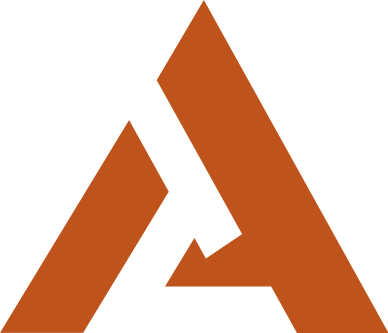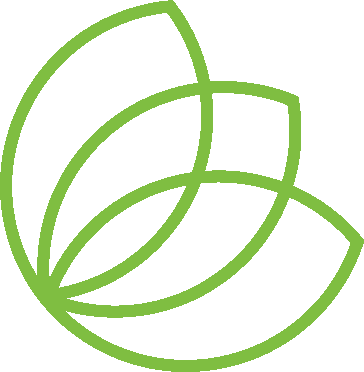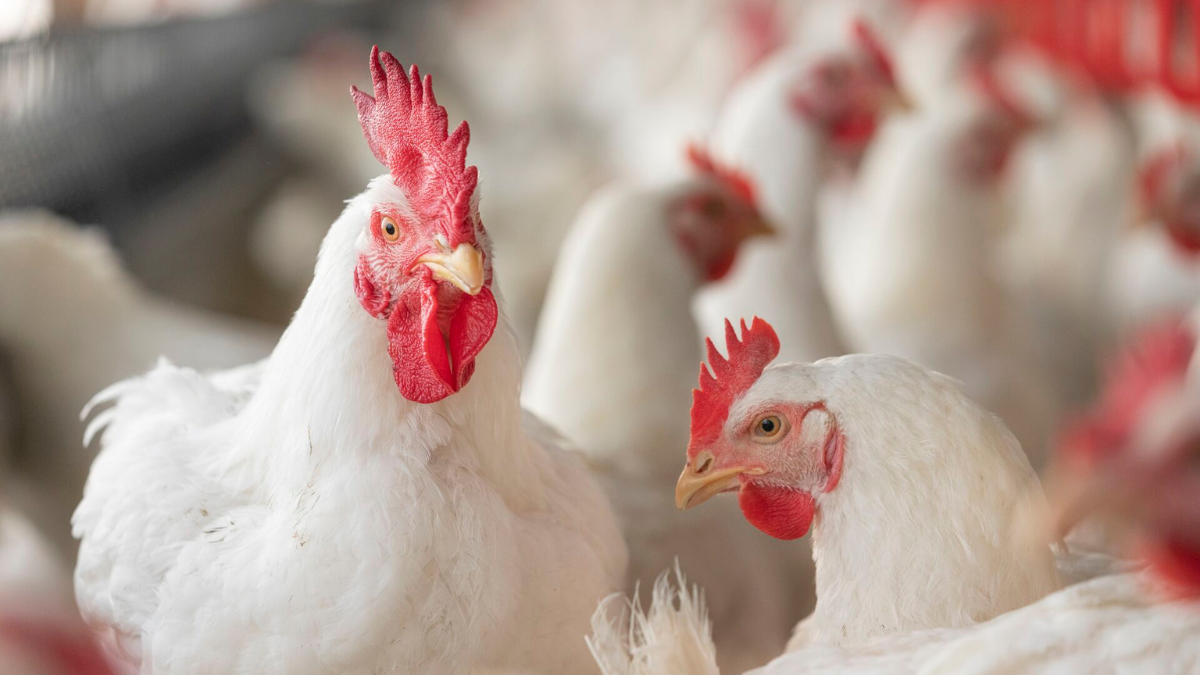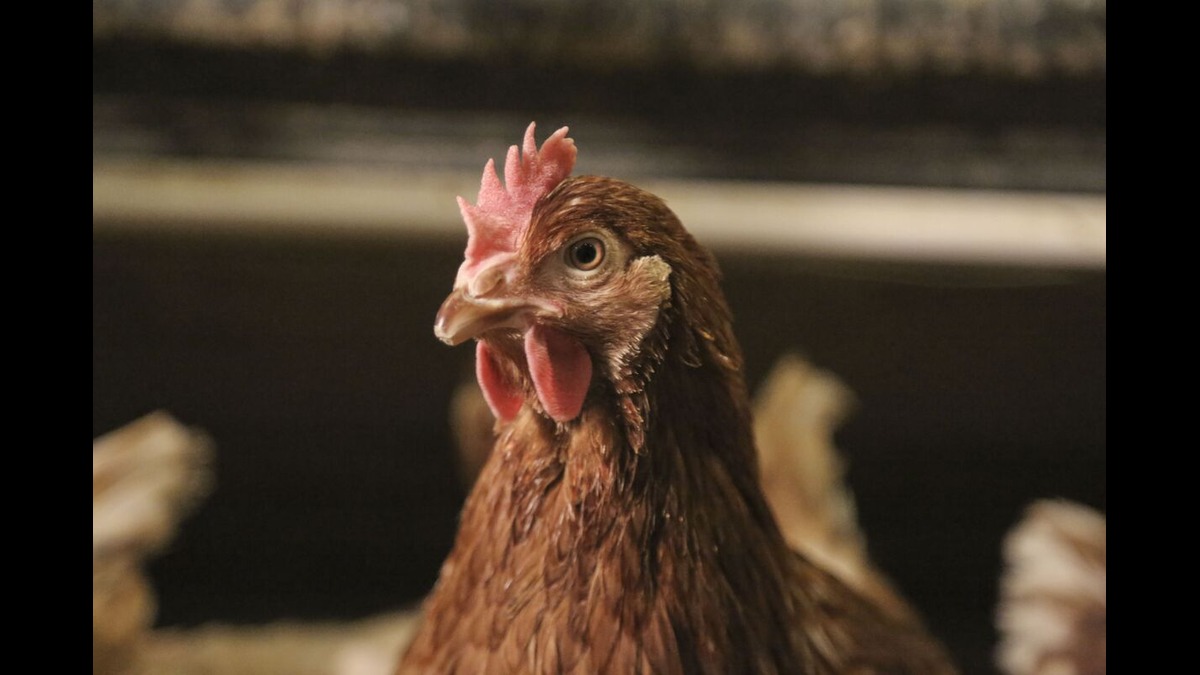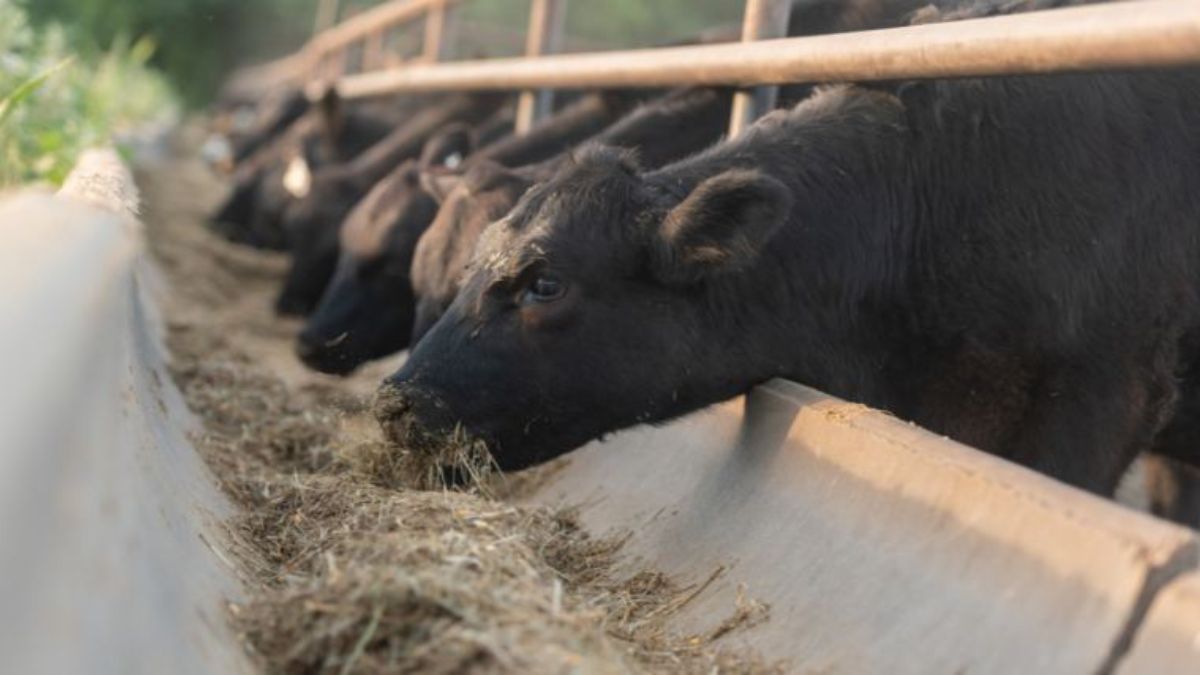Improving broiler poultry efficiency and driving sustainable chicken
Author: Dr. Harriet Walker, Poultry Specialist, Alltech Technology Group
With chicken meat being a great source of protein and one of the most readily available to the human population, broiler producers perform an essential role in meeting the increasing global demand for animal protein. Chicken is one of the less expensive types of meats, meaning that broiler chicken producers are already doing a great job in the fight to produce more from less. However, the increased demand for protein comes with increased awareness of climate change and the impact that agriculture has on greenhouse gas emissions, meaning there is a drive for more sustainable chicken production.
Producing more protein from less
Global warming is proceeding at such a rate that it is undeniable that human activities have produced gases that are trapping the sun’s energy, leading to more intense weather events, reducing biodiversity, and disrupting humans’ current way of life. Therefore, as the poultry industry works to meet the increasing global demand for animal protein, it needs to simultaneously reduce its impact on the environment.
65-75% of the carbon footprint of a broiler production system comes from feed; therefore, effective poultry nutrition plays an essential part in decreasing carbon emissions. By using innovation and technology to find solutions to improve feed efficiency, we can enable chickens to use less feed to achieve the same output, improving both environmental and economic sustainability. One of these solutions in broiler diets is the use of Mannan rich fraction (MRF), which has been developed to improve the productivity, profitability, and sustainability of broiler production.
Optimum poultry gut health
Maintaining the gut health of broilers is key to getting optimum performance and feed efficiency, helping the chicken to utilise the feed provided to it and reduce its carbon footprint. The modern broiler has huge genetic potential to convert feed into growth with outstanding efficiency. As a producer, the job is to reduce production challenges and stressors that can negatively affect the gut health of the bird, which could prevent birds from reaching their genetic potential.
One of the most critical determinants of gut health is the diversity of the gut microbiome. A diverse microbiome with beneficial microbes acts as a protective barrier covering the gut, thus preventing the colonisation of pathogenic bacteria. Promoting a diverse gut microbiome supports the gut health of the animal and improves gut integrity, resulting in a large surface area so the animal can absorb nutrients efficiently. MRF is a natural extract of Saccharomyces cerevisiae, which has been comprehensively researched in poultry. Dietary MRF as a natural substitute to in-feed antibiotics has been shown in several research and commercial studies to promote bird gut health, performance, welfare, and resilience by supporting the immune system, improving nutrient absorption, and protecting against harmful bacteria.
MRF – Many modes of action
These beneficial responses have been attributed to the effects of dietary MRF to optimise gut health and microbial diversity. Research has shown that MRF can influence microbiome diversity by changing the β-diversity and increasing α-diversity, indicating a healthier gut environment with less pathogenic bacteria and more short-chain fatty acid-producing bacteria. Additionally, research has shown that MRF can prevent pathogen colonization in the gut, enhance intestinal morphology, favourably modulate the gut microbiota and microbial metabolism, and stimulate immune development and function. By supporting and maintaining gut health, this ultimately helps improve overall bird health and performance. This has recently been documented in a meta-analysis by Salami et al. (2024), which used data from 27 studies. The paper’s objective was to examine the impact of MRF on broiler performance and the implications for greenhouse gas emissions from chicken production.
Performance
Meta-analysis results showed that broiler performance was significantly improved by MRF when compared to a control:

Environmental impact
From these improvements seen in the meta-analysis results in broiler production, Salami et al. (2024) went on to calculate the effects these improvements would have on the carbon footprint when supplementing with MRF:

Conclusions
In broiler production, economic and environmental sustainability are closely linked, meaning that feeding technologies that improve performance can deliver sustainability benefits that align with several of the United Nations’ Sustainable Development Goals.
With gut health being key for the efficient digestion and absorption of nutrients, it is vital to support and maintain gut health to achieve optimal growth and development of chickens, which can be achieved through the supplementation of the diet with MRF. The results from the above-mentioned meta-analysis demonstrate improved performance parameters with MRF.
The LCA then showed that the supplementation of MRF can enhance broiler performance, improve profitability, reduce carbon footprint, and meet sustainability goals. With correct supplementation, more cost-effective, environmentally sustainable feeds can be produced, resulting in a greater return on investment and a lower carbon footprint.
References
- Leigh, R.J., Corrigan, A., Murphy, R.A., Taylor-Pickard, J., Moran, C.A. and Walsh, F. (2024). Yeast mannan rich fraction positively influences microbiome uniformity, productivity associated taxa, and lay performance. Animal Microbiome, 6(1).
- Leigh, R.J., Corrigan, A., Murphy, R.A. and Walsh, F. (2022). Effect of Mannan-rich fraction supplementation on commercial broiler intestinum tenue and cecum microbiota. Animal microbiome, 4(1).
- Corrigan, A.; Fay, B.; Corcionivoschi, N.; Murphy, R. Effect of yeast mannan-rich fractions on reducing Campylobacter colonization in broiler chickens. J. Appl. Poult. Res. 2017, 26, 350–357.
- Corrigan, A.; de Leeuw, M.; Penaud-Frézet, S.; Dimova, D.; Murphy, R. Phylogenetic and functional alterations in bacterial community compositions in broiler ceca as a result of mannan oligosaccharide supplementation. Appl. Environ. Microbiol. 2015, 81, 3460–3470.
- Hofacre, C.; Beacorn, T.; Collett, S.; Mathis, G. Using competitive exclusion, mannan-oligosaccharide and other intestinal products to control necrotic enteritis. J. Appl. Poult. Res. 2003, 12, 60–64.
- McCaffrey, C.; Corrigan, A.; Moynagh, P.; Murphy, R. Effect of yeast cell wall supplementation on intestinal integrity, digestive enzyme activity and immune traits of broilers. Br. Poult. Sci. 2021, 62, 771–782.
- Shashidhara, R.; Devegowda, G. Effect of dietary mannan oligosaccharide on broiler breeder production traits and immunity. Poult. Sci. 2003, 82, 1319–1325.
- Yang, Y.; Iji, P.; Kocher, A.; Mikkelsen, L.; Choct, M. Effects of dietary mannanoligosaccharide on growth performance, nutrient digestibility and gut development of broilers given different cereal-based diets. J. Anim. Physiol. Anim. Nutr. 2008, 92, 650–659.
- Delaney, S.; Do, T.T.; Corrigan, A.; Murphy, R.; Walsh, F. Investigation into the effect of mannan-rich fraction supplementation on the metagenome of broiler chickens. Microb. Genom. 2021, 7, 000602.
- Salami, S.A., Taylor-Pickard, J., Ross, S.A. and Moran, C.A. (2024). A Meta-Analysis of the Effects of Dietary Yeast Mannan-Rich Fraction on Broiler Performance and the Implication for Greenhouse Gas Emissions from Chicken Production. Animals, 14(11), pp.1595–1595.
- Read more about Improving broiler poultry efficiency and driving sustainable chicken
- Log in to post comments










